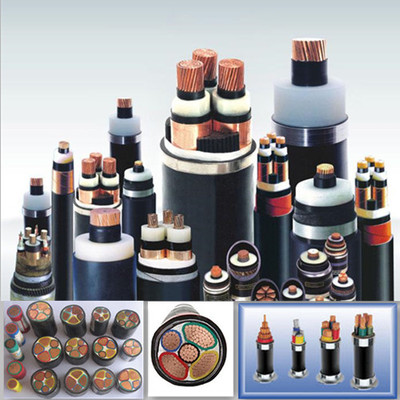Structure of marine power cables
Usually, a power cable consists of a conductor (cable core), an insulating layer (the insulating layer can withstand the voltage of the grid), a filling and shielding layer (made of semiconductor or metal materials), a sheath (maintaining the insulation properties of the cable) from the inside to the outside. ) and other major parts, the quality of its insulation performance will directly affect the safe and stable operation of the entire electrical system. Therefore, IEEE, IEC/TC18 and other international standards have clearly stipulated the performance of the cable.
Cable conductor
Due to the characteristics of high electrical conductivity and high mechanical strength of copper conductors, copper is used as the conductor core material in marine power cables. Wire. Cable conductors are divided into compression type and non-compression type according to the manufacturing process. The compacted cable conductor has a compact structure, which can save materials and reduce costs, but a single conductor is no longer a regular circle, as shown in Figure 1. In addition to conductors with small cross-sections, cable conductors are usually stranded, which can ensure high flexibility and strong bendability of the cable, and is not prone to insulation damage and plastic deformation. From the perspective of cable shape, stranded conductors can be divided into fan-shaped, circular, hollow circular and so on. According to the number of cable conductor cores, cables can be divided into single-core cables and multi-core cables. See GB3956 for specific provisions on the number and nominal diameter.
Cable insulation
The insulation quality and level of marine power cables play a decisive role in the service life of the cables in terms of structure. The marine power cables are divided according to the commonly used insulation types, as shown in the figure. The thickness and mechanical properties of different types of cable insulation are also clearly specified in GB7594.
Post time: Apr-26-2022

